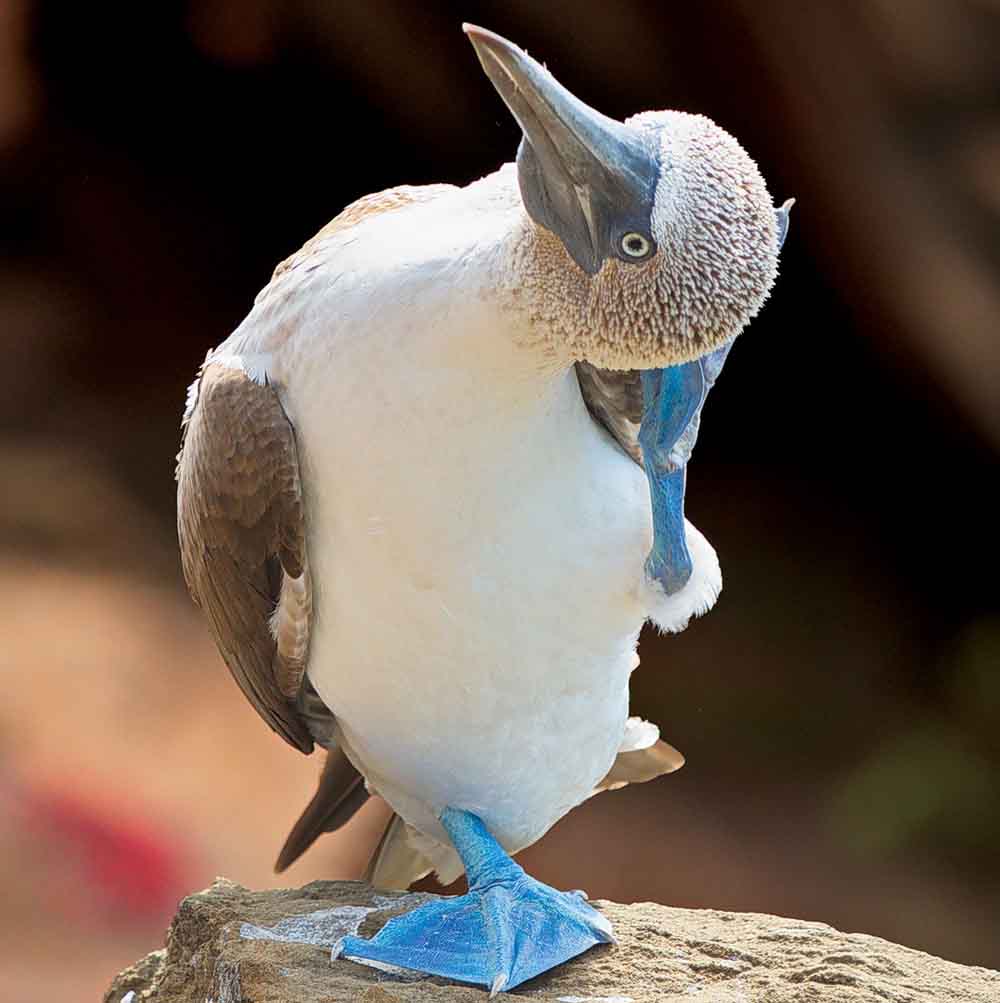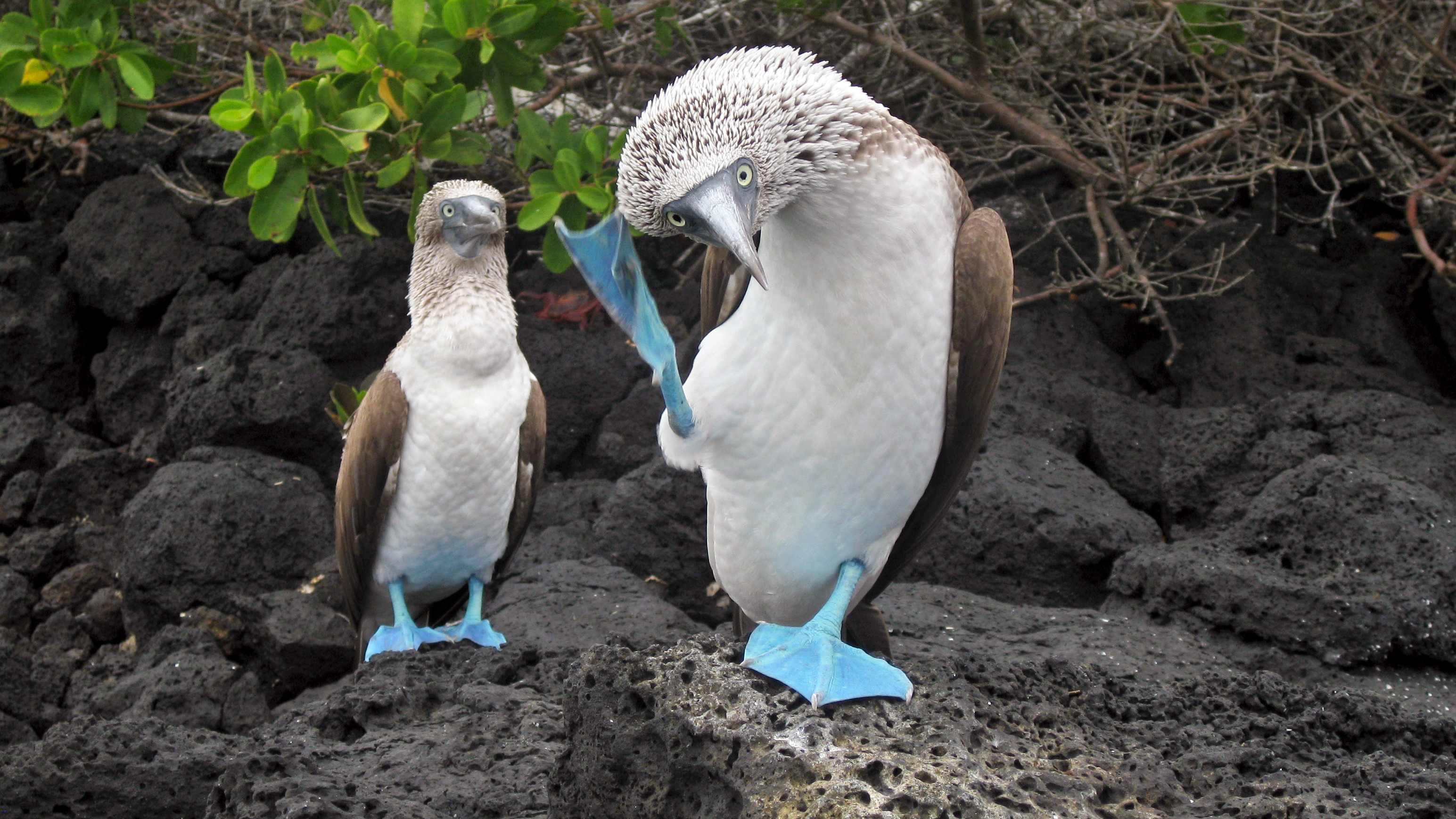“Blue-Footed Booby” is a type of bird found in the Galapagos Islands and along the western coasts of Central and South America. One of the most distinctive features of this bird is its vibrant blue feet. The blue coloration of the Blue-Footed Booby’s feet is a result of several factors.
Diet: The Blue-Footed Booby’s diet consists mainly of fish, particularly sardines and anchovies. These fish contain pigments called carotenoids, which are responsible for their blue coloration. When the Blue-Footed Booby consumes a diet rich in these fish, the carotenoids accumulate in its body, and some of them are deposited in its feet, leading to the blue coloration.

Mating display: The blue feet of the male Blue-Footed Booby play a significant role in attracting a mate during the breeding season. The brighter and bluer the feet, the more attractive the male is to potential mates. During courtship, the male performs an elaborate mating dance, lifting and flaunting its blue feet to impress the female. The intensity of the blue color is a visual indicator of the male’s health and genetic quality.

Environmental factors: The Blue-Footed Booby’s feet can vary in color intensity from pale blue to a deeper, more vibrant blue. The brightness of the blue coloration is influenced by environmental factors such as diet, health, and age. A bird in good health with a high-quality diet will have brighter blue feet, indicating its fitness for reproduction.

Foot structure: Besides their vibrant color, the Blue-Footed Booby’s feet are also uniquely designed for their feeding habits. They have webbed feet with specialized flat and wide soles, which provide excellent stability for walking and balance during diving and catching fish. The bright blue color may also help with heat dissipation, as the feet are often exposed to direct sunlight for extended periods while the birds are nesting.

In conclusion, the Blue-Footed Booby’s feet are blue due to a combination of factors, including the consumption of carotenoid-rich fish, the need for a visually striking display during courtship, environmental influences, and the functional adaptations of their feet. This unique and eye-catching trait is a defining characteristic of this remarkable bird species.








